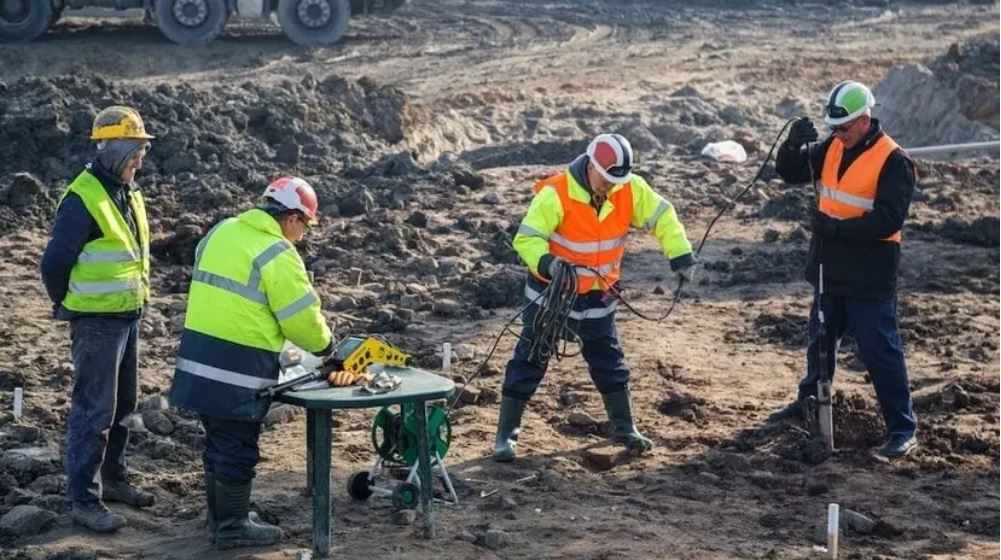
Packaging plays a vital role in protecting products, communicating information, and ensuring safe use. One of the most recognizable and widely used packaging formats is the blister pack. From medications and supplements to batteries and consumer goods, blister packs are everywhere. But what is blister pack? How are they, how are they made, and why are they so important?
This guide will explore blister packs in detail, covering their definition, structure, applications, benefits, challenges, and future innovations.
Defining a Blister Pack
A blister pack is a form of packaging that seals products inside a pre-formed cavity—often made of plastic—with a backing material such as paperboard, foil, or film. The “blister” refers to the raised, transparent pocket that securely holds the product in place.
Blister packs are valued for their ability to protect items, display them clearly, and provide unit-level packaging. In healthcare, blister packs are essential for medications, ensuring each dose is sealed until it is needed. In retail, blister packaging offers visibility while preventing tampering or theft.
Key Components of a Blister Pack
Blister packs may vary in design, but most share the same basic elements:
The Blister (Cavity)
Usually made from plastic such as PVC or PET.
Shaped to fit the product snugly and protect it from movement or damage.
Often transparent, allowing visibility of the contents.
The Backing Material
Commonly made of foil, paperboard, or plastic film.
Sealed to the blister cavity through heat or adhesive.
Provides space for labeling, branding, and regulatory information.
Sealing Method
Heat sealing is the most common, bonding the blister to the backing material.
Cold sealing may be used for products sensitive to heat.
Types of Blister Packs
Blister packs come in several formats, each designed for specific applications:
1. Face-Seal Blister Packs
The blister is sealed to a flat piece of backing material, leaving the product visible through the front. This style is common for consumer goods like toys and electronics.
2. Full-Face Blister Packs
The backing extends beyond the edges of the blister cavity, offering more protection and space for product information.
3. Clamshell Blister Packs
Two blister halves are hinged together, enclosing the product completely. These are common for tools, batteries, and retail electronics.
4. Pharmaceutical Blister Packs
Designed specifically for medications, these unit-dose packs hold tablets, capsules, or lozenges in sealed cavities with a foil backing that patients peel or push through.
Applications of Blister Packs
Blister packaging is used across many industries because it balances protection with visibility. Key applications include:
1. Pharmaceuticals
Blister packs are the standard for packaging pills and capsules. They protect medication from moisture and contamination while helping patients track doses.
2. Nutritional Supplements
Vitamins and dietary supplements are often packaged in blister cards for protection and convenience.
3. Consumer Goods
Products like batteries, razors, and electronics accessories use blister packs for display and tamper resistance.
4. Medical Devices
Items such as syringes, test strips, and diagnostic tools are commonly packaged in sterile blister packs.
Benefits of Blister Packs
Blister packaging has become so widespread because of the wide range of advantages it offers:
1. Product Protection
The sealed cavities shield items from environmental factors such as moisture, oxygen, and light. For medications, this protection is crucial to maintain potency.
2. Tamper Evidence
Blister packs make it clear if a package has been opened or altered, providing safety for consumers and patients.
3. Dosage Control
Unit-dose blister packs ensure patients only access one pill at a time, reducing the risk of taking too much at once.
4. Convenience and Portability
Blister packs are lightweight, easy to store, and often designed for travel or daily use.
5. Consumer Transparency
Clear blister packaging allows customers to see the product before purchase, increasing trust and reducing returns.
6. Cost-Effectiveness
Blister packaging is often less expensive than rigid containers, especially for smaller products.
Blister Packs in Healthcare
In medicine, blister packs are not just packaging—they are tools for safety and compliance.
Medication Adherence: Blister packs can include calendar features, labeling each dose by day, which helps patients stay on schedule.
Reduced Errors: Nurses and pharmacists benefit from unit-dose packaging that minimizes confusion and dispensing errors.
Regulatory Compliance: Many health authorities require medications to be packaged in ways that protect quality and ensure traceability.
Challenges with Blister Packs
While blister packaging offers many benefits, it is not without challenges:
Accessibility Issues: Elderly patients or those with reduced dexterity may find blister packs difficult to open.
Environmental Concerns: Traditional blister packs use plastic and foil, which are not always recyclable.
Size Limitations: Larger or irregularly shaped items may not fit well in blister packaging.
Production Costs: Custom molds and sealing processes can be costly for small production runs.
Future Innovations in Blister Packaging
The blister pack of the future is evolving with technology and sustainability trends. Innovations include:
Eco-Friendly Materials: Biodegradable plastics and recyclable paper-based alternatives are being developed.
Smart Blister Packs: Some pharmaceutical packs now include sensors or QR codes that track when doses are removed, supporting digital health monitoring.
Personalized Packaging: Advances in digital printing allow blister packs to be customized for individual patients or smaller production batches.
Child-Resistant, Senior-Friendly Designs: New features aim to protect children from accidental ingestion while keeping packaging easy for older adults to open.
Final Thoughts
Blister packs are a packaging solution that balances protection, convenience, and visibility. They safeguard products, provide tamper resistance, and improve patient safety in healthcare. Despite challenges such as recycling concerns and accessibility issues, blister packs remain one of the most effective and versatile packaging formats available today.
As innovation continues, we can expect blister packs to become more sustainable, more technologically advanced, and even more user-friendly—ensuring they remain a staple in industries from healthcare to consumer goods.







Write a comment ...